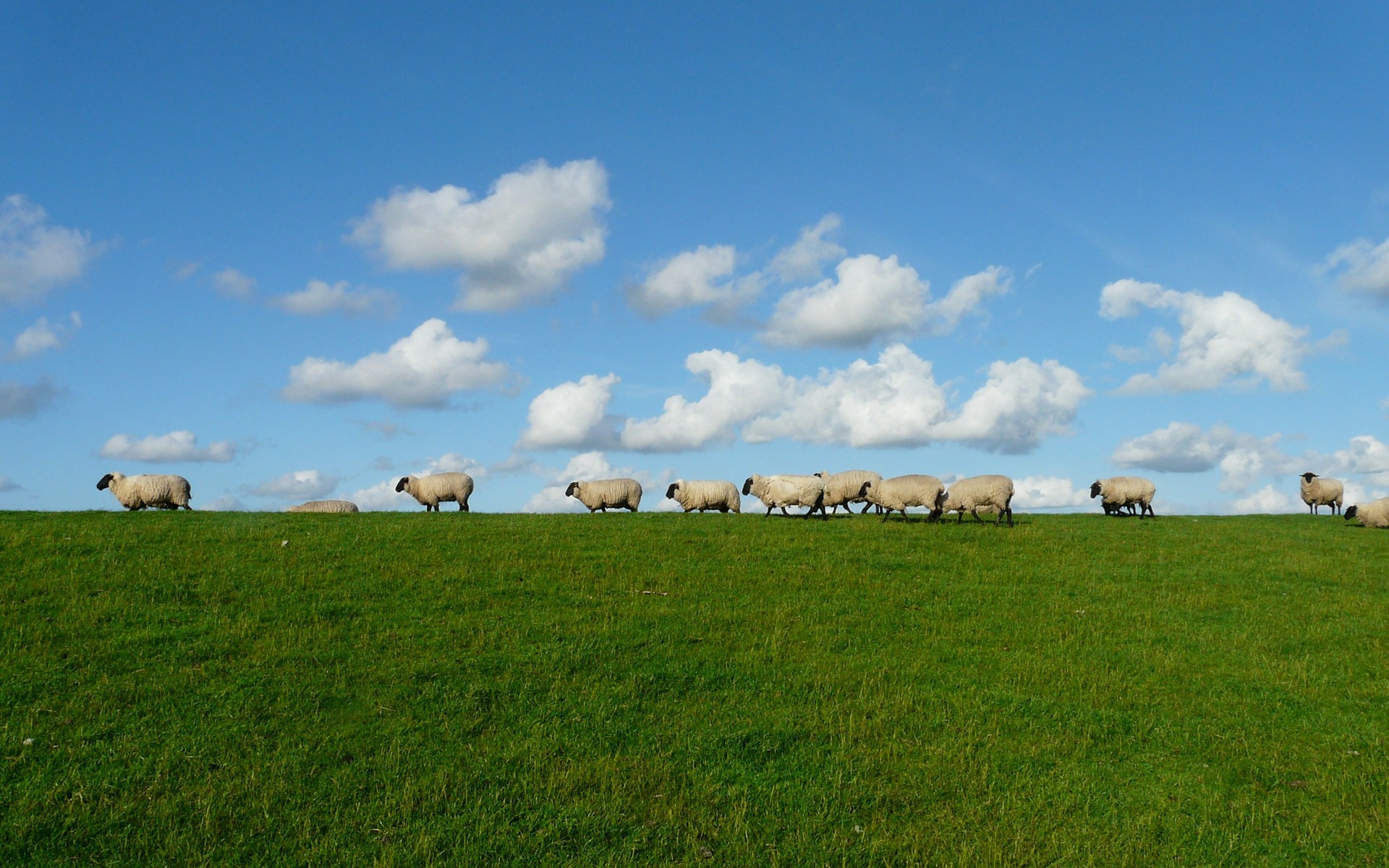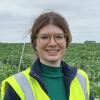The five key principles of regenerative agriculture are:
- Minimise soil disturbance - adopting reduced or zero tillage practices
- Keep soil covered - minimising the amount of time that the soil is left bare, especially in winter, by covering with cover crops and leys
- Maintain living roots, which help stabilise the soil, prevent nutrient run-off and actively input carbon into the soil.
- Diversify rotations - Include leys and diversify crops grown
- Integrate livestock. Livestock can eat the grass grown to cover soil between arable rotations, and their manure can add valuable nutrients into the soil, reducing the need for fertilisers.
Minimise soil disturbance
- The adoption of less intensive tillage practices, such as zero tillage, reduced tillage and conservation tillage, are less damaging to soil structure than conventional tillage (ploughing and harrowing)
- Enhances soil biology (e.g. numbers and diversity of earthworms)
- Increases surface organic matter levels, important for establishing a seed bed and crops
Keeping the soil covered and maintaining living roots
- Provide over-winter cover, minimising soil erosion, weeds and nitrate leaching
- Increase N retention, providing nutrients to the next crop
- Provide benefits for soil structure, water holding capacity and enhanced porosity
- Enhances earthworm numbers
Diversifying the rotation and introducing grass and livestock
- Introducing leys (short-term grassland into rotation)
- These leys can be used for grazing animals - returning of litter and manures to the soils to enhance soil organic matter
- Enhancing the diversity of rotations and grass swards provides a variety of rooting structures for healthier soils with better hydrological and nutrient functioning.
- Enhanced plant diversity is beneficial to wildlife, pollinators
- Diversifying crop rotations helps prevent the build-up of certain weeds and pathogens
The Regenerative Agriculture movement is continually adapting and expanding, and there is no agreed definition. Provide your comments below and add any useful sources of knowledge.







Discussion
For debate on Compost Tea, go to the Topic called Compost Tea
Very interesting Twitter thread here discussing definitions of regenerative Agriculture and addressing questions such as "Is regen possible without livestock & adding manures?" and " Regen arable practitioners in the UK cut back on artificial N & fungicides, why not herbicides?" https://twitter.com/dikesmarshfarm/status/1534803378861232129
This report is highlighted in the thread "The Potential for an agroecological approach in Scotland: policy brief" from SRUC & JHI published in 2021 https://www.climatexchange.org.uk/media/5146/cxc-the-potential-for-an-a…